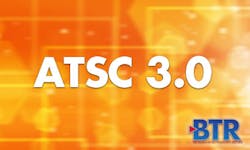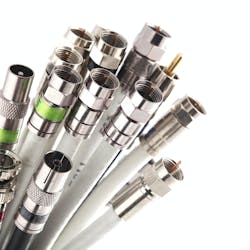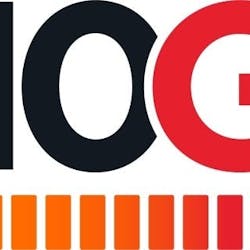By Ralph Bachofen and Charley Hamilton, Triveni Digital
The broadcast TV industry is just on the verge of completing ATSC 3.0. It is expected that the FCC will give broadcasters the capabilities to transmit ATSC 3.0 video signals via the impending over-the-air spectrum reallocation plan, better known as the "repack." While the transition to ATSC 3.0 will certainly be gradual, U.S. cable operators are speculating about the implications of the next-gen broadcast TV standard on their infrastructure.
Today, cable operators receive an MPEG-2 transport stream (TS) from broadcasters. Although operators are dealing with different types of transport schemes, such as over-the-air, fiber and satellite, content reception and re-transmission is fairly straightforward. The new world of ATSC 3.0 adds complexity. With ATSC 3.0, there will be no MPEG-2 TS, and IP will become part of both the broadcast and broadband stack. What does this mean for cable operators?
In the beginning, broadcasters will likely simulcast ATSC 1.0 and 3.0, meaning there may be no immediate change needed to cable headends. However, MVPDs will eventually need to make certain infrastructure changes to accommodate ATSC 3.0 transmission. For instance, cable operators will need an ATSC 3.0 standard compliant receiver with an MPEG-2 TS output with HEVC and AAC embedded. This will ensure they're receiving the signal correctly from the broadcaster. If the operator receives multiple feeds from broadcasters, they need to muxed together correctly.
MVPDs that are operating a fiber link will need to make an infrastructure change at the broadcast TV station or in the headend. The local station will need an ATSC 3.0 compliant modulator. Fiber signals are received in the cable headend by a demodulator. This piece of equipment may also need to be upgraded. After the link is demodulated at the headend, it will go into the same ATSC 3.0 to MPEG-2 TS receiver and be muxed in with the other MPEG-2 services as HEVC and AAC streams.
Ultimately, the financial and infrastructure impact of ATSC 3.0 on cable operations is expected to be minimal. The major piece of equipment that cable operators will all need for the ATSC 3.0 transition is an MPEG-2 TS receiver-converter.
In the interim, broadcasters will simulcast both ATSC 1.0 and ATSC 3.0 signals. The best way for cable operators to prepare for ATSC 3.0 is to communicate directly with broadcasters about what changes they'll be making to their own infrastructure, how long they'll be simulcasting, and when they plan to fully transition to ATSC 3.0. The sooner that cable operators prepare and support the ATSC 3.0 standard the better, as the next-gen broadcast TV standard will enable certain benefits, such as better picture quality, including 4K and UltraHD HDR, to be experienced by their subscribers.
Ralph Bachofen is VP of marketing and sales for Triveni Digital. Charley Hamilton is senior sales engineer at Triveni Digital.





